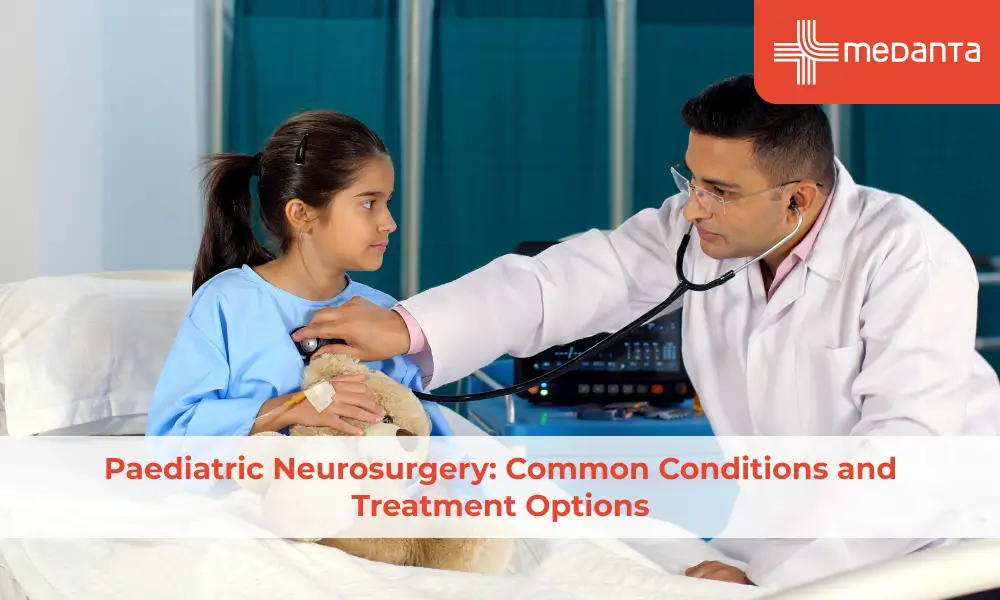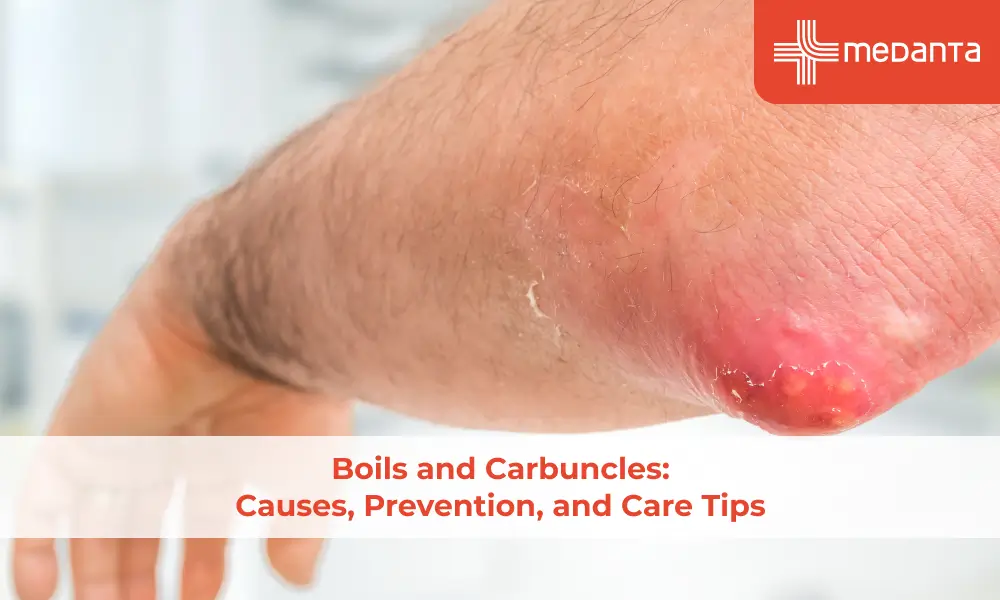Herpes: Overview, Types, Causes, Symptoms, Treatment

Introduction:
There are two variants of HSV called HSV-1 and HSV-2.
HSV-1
- Transmitted by oral contact
- Can cause oral herpes and sometimes, genital herpes
- 3.7 Billion people under the age of 50 (>67%) of the global population are infected
HSV-2
- Sexually transmitted
- Causes genital herpes
- 491 Million people between 15-49 were infected (>13%) of the global population
- Increases risk of acquiring and transmitting HIV (only when exposed to HIV)
Symptoms:
Both oral and genital herpes are mostly asymptomatic. This is why the infection is so widespread in the world. Symptoms usually start between 2 to 12 days from the infection.
The ones near the mouth are commonly called cold sores. These could be painful at the site. The patients may also have tingling, itching or burning sensations in and around the mouth. The patients may also experience pain in the lower back, buttocks and legs before an outbreak cycle starts. Infection is lifelong. The symptoms may recur even years later. The symptoms may recur.
Genital herpes may be asymptomatic or have only mild symptoms. Sometimes, this may present as single or multiple blisters or ulcers in the genital or anal area. A new infection may have a fever, body aches and lymph node (small nodes that help get water from the body back to your circulation) enlargement. However, the following episodes generally are less severe and reduce with time. HSV-1 genital herpes recurs less often.
In people who have lower levels of immunity due to another condition or medication, herpes may have more severe symptoms and more frequent recurrence. This may lead to brain infection eye infection or a more generalized infection by the virus in rare circumstances.
Transmission:
HSV-1 is mainly transmitted by coming in contact with an infected person’s sores, saliva, or surfaces in or around the mouth. The greatest risk of infection is from active sores. HSV-2 is mainly a sexually transmitted disease and may be transmitted even when there are no active symptoms.
Neonatal Herpes is a rare transmission from mother to child. This is not very common but occurs with both HSV-1 and HSV-2.
Diagnosis:
A sample of cells from the affected area is taken and tested in the laboratory. In many cases, this also helps determine the type of virus as well. The doctor may also check for antibodies in your blood to ascertain the type and do basic blood tests to help determine your overall state of health.
Prevention:
Contact should be avoided as soon as the person feels an outbreak has started. The risk of transmission is highest during an outbreak. Using safe sex practices like condoms is advised for patients with genital herpes to reduce the risk of transmission.
Treatment:
If the first outbreak is severe, antiviral medications may be started by your doctor to reduce the severity of symptoms. Usually, the symptoms become less severe as time passes. Antiviral treatment may be advised in further outbreaks as well by your doctor or if you have frequent outbreaks. However, no treatment can cure the person of the virus.
Conclusion:
Herpes is a viral infection that infects a large percentage of the population. The type of Herpes virus determines the kind of infection. It is possible to get infected by both strains together. It is untreatable, but symptoms can be managed and the spread can be contained with medication.






